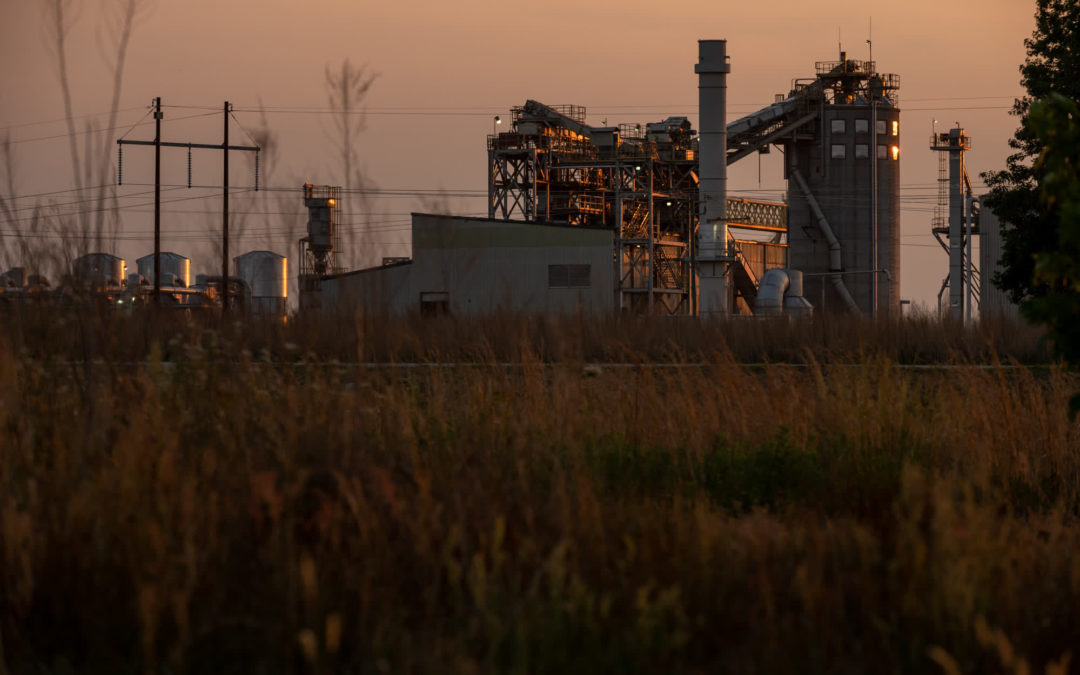SOURCE: CNN
DATE: July 9, 2021
SNIP: In 2009, the European Union (EU) pledged to curb greenhouse gas emissions, urging its member states to shift from fossil fuels to renewables. In its Renewable Energy Directive (RED), the EU classified biomass as a renewable energy source — on par with wind and solar power. As a result, the directive prompted state governments to incentivize energy providers to burn biomass instead of coal — and drove up demand for wood.
So much so that the American South emerged as Europe’s primary source of biomass imports.
Earlier this year, the EU was celebrated in headlines across the world when renewable energy surpassed the use of fossil fuels on the continent for the first time in history.
But scientists and experts say it’s too early to celebrate, arguing that relying on biomass for energy has a punishing impact not only on the environment, but also on marginalized communities — perpetuating decades of environmental racism in predominantly Black communities like Northampton County, where Macklin and his family have lived for generations.
To say cutting down trees and burning them for power is a renewable energy source feels counterintuitive and, in reality, it is.
Burning wood is less efficient than burning coal and releases far more carbon into the atmosphere, according to almost 800 scientists who wrote a 2018 letter to the European parliament, pushing members to amend the current directive “to avoid expansive harm to the world’s forests and the acceleration of climate change.” President Joe Biden and other world leaders received a similar letter from hundreds of climate scientists earlier this year.
The EU directive that encouraged the pivot to biomass also left a loophole — it did not prevent the leveling of rooted trees for wood pellet production.
“I can’t think of anything that harms nature more than cutting down trees and burning them,” said William Moomaw, professor emeritus of international environmental policy at Tufts University.
Yet by burning wood, European power plants can reduce their carbon footprint — at least on paper.
In 1996, scientists at the United Nations devised a method to measure global carbon emissions. To simplify the process and avoid double counting, they suggested emissions from burning biomass should be calculated where the trees are cut down, not where the wood pellets are burned.
The EU adopted this methodology in its Renewable Energy Directive, allowing energy companies to burn biomass produced in the US without having to report the emissions.
The accounting method — which was never intended to assign national responsibility for carbon emissions, according to climate experts — has created a lot of discussion and disagreement among advocates, scientists and policymakers. But ultimately it is not the accounting of carbon that is the problem, it’s the emissions.
“It doesn’t change the physical reality,” said Tim Searchinger, senior research scholar at Princeton University. “A law designed to reduce emissions that in reality encourages an increase in emissions … has to be flawed,” he said, referring to Europe’s directive.
Ultimately, Europe is not reducing emissions by burning American trees — it’s just outsourcing them to the United States.
“The idea was to curb our addiction to fossil fuels,” said Bas Eickhout, Dutch politician and member of the European Parliament. Biomass was an attractive option for EU countries at the time, he explained, because it was much cheaper than solar or wind power and could be “mixed in” when burning coal.
However, European decision-makers didn’t fully consider the repercussions of importing biomass, Eickhout said, adding they “were too naïve.”
“The production of biomass has become an industrial process which means something has gone fundamentally wrong,” he said. “The professionalization of the biomass industry is a problem that needs attention.”

